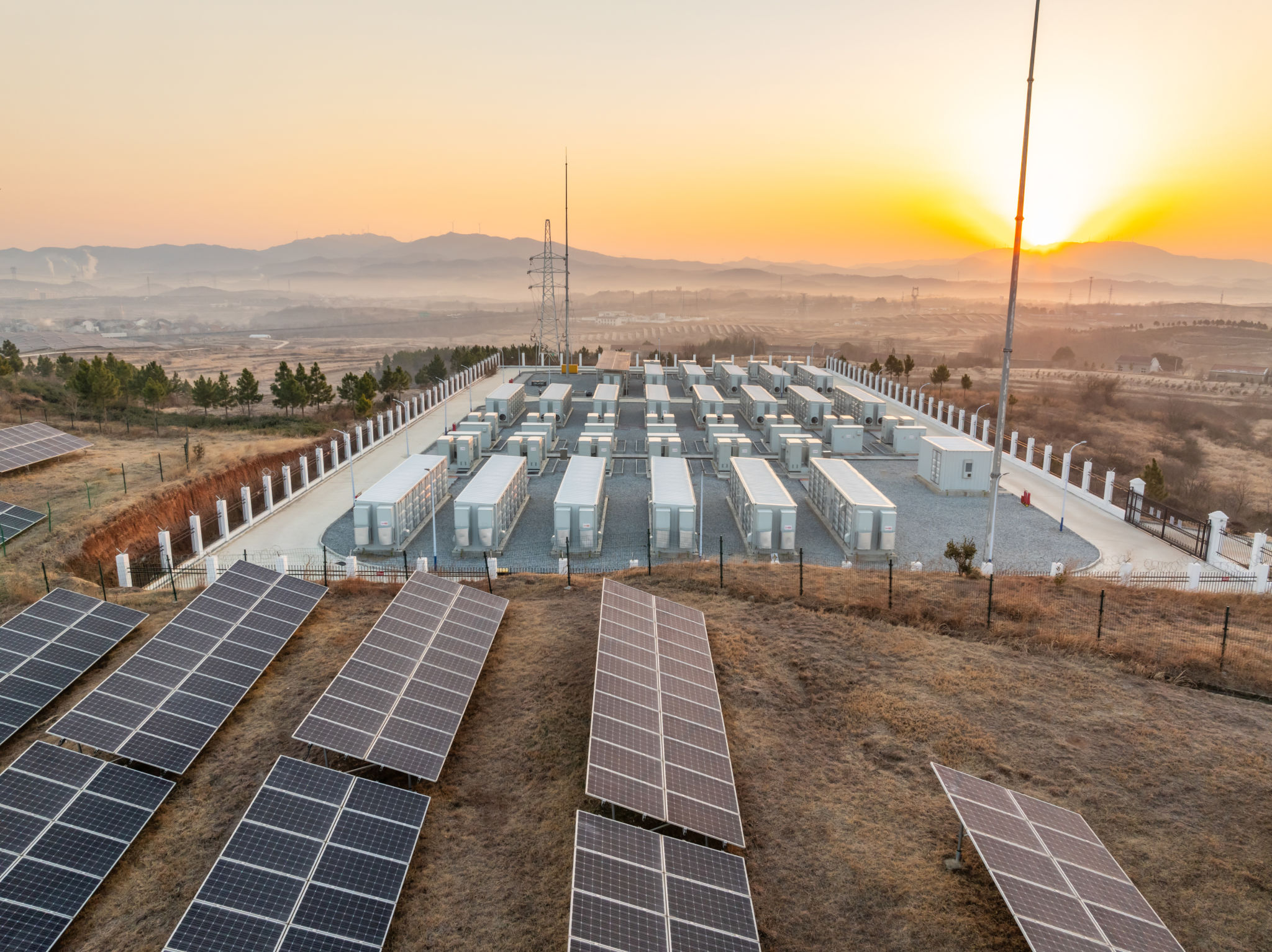Latest Trends in Battery Energy Storage: What West Australia Needs to Know
Understanding Battery Energy Storage
As the world increasingly shifts toward renewable energy sources, battery energy storage has emerged as a critical technology for balancing energy supply and demand. In Western Australia, this trend is gaining momentum, driven by the need for efficient energy management solutions that can support both residential and commercial applications. Battery storage not only enables the integration of renewable energy but also enhances grid stability and provides backup power during outages.

Advancements in Battery Technology
The latest advancements in battery technology are revolutionizing the energy storage landscape. Lithium-ion batteries, known for their high energy density and long lifespan, continue to dominate the market. However, new developments are on the horizon, such as solid-state batteries that promise even higher efficiencies and safety levels. These innovations are crucial for Western Australia as they offer more robust solutions for the region's unique energy needs.
Moreover, flow batteries are gaining attention due to their scalability and long-duration storage capabilities. These batteries use liquid electrolytes and can be easily expanded for larger storage needs, making them ideal for industrial applications. As these technologies evolve, they will play a pivotal role in supporting Western Australia's transition to a sustainable energy future.
The Role of Battery Storage in Grid Management
Battery energy storage systems (BESS) are integral to modern grid management. They provide utilities with the flexibility to store excess energy generated during periods of low demand and release it when demand peaks. This capability is especially beneficial in Western Australia, where solar power generation can fluctuate significantly throughout the day.

Supporting Renewable Energy Integration
Western Australia's commitment to increasing its renewable energy capacity makes battery storage an essential component of its energy strategy. By smoothing out the intermittency of solar and wind power, BESS enable a more reliable and stable electricity supply. This not only reduces reliance on fossil fuels but also lowers overall energy costs for consumers.
Additionally, battery storage can facilitate the development of microgrids in remote areas, providing isolated communities with access to clean and affordable energy. By reducing dependency on diesel generators, these microgrids contribute to environmental sustainability and economic resilience.
Incentives and Policy Support
Government incentives and policy support are driving the adoption of battery energy storage in Western Australia. Various programs offer financial assistance for residential and commercial installations, encouraging more individuals and businesses to invest in this technology. These incentives aim to accelerate the region's transition to a low-carbon economy while fostering innovation in the energy sector.

Future Trends and Considerations
Looking ahead, the demand for battery storage in Western Australia is expected to grow significantly. As technology costs continue to decline, more consumers will have access to affordable energy storage solutions. Additionally, ongoing research into alternative battery chemistries and recycling methods will enhance the sustainability of these systems.
In conclusion, battery energy storage is a key enabler of Western Australia's clean energy transition. By staying informed about the latest trends and advancements, stakeholders can make strategic decisions that benefit both the environment and the economy. As the region embraces these innovations, it will pave the way for a more sustainable and resilient energy future.